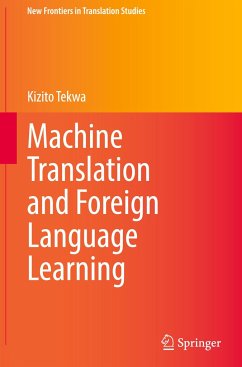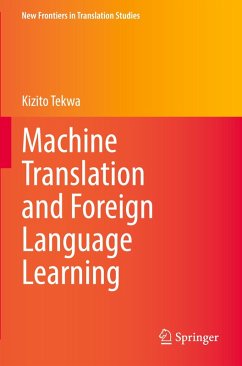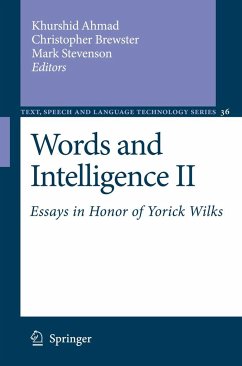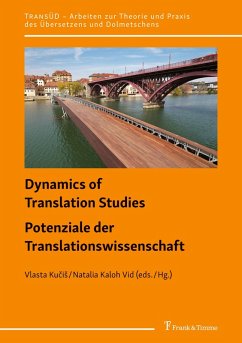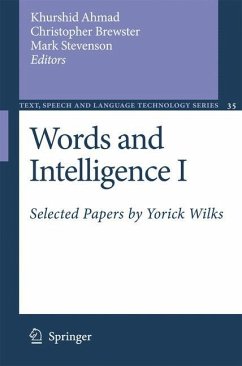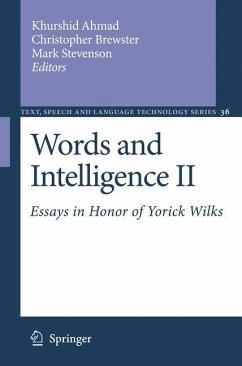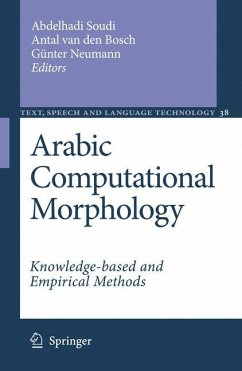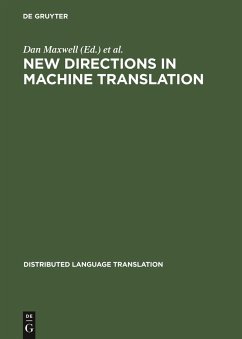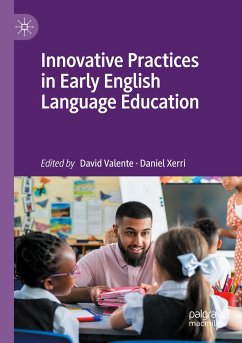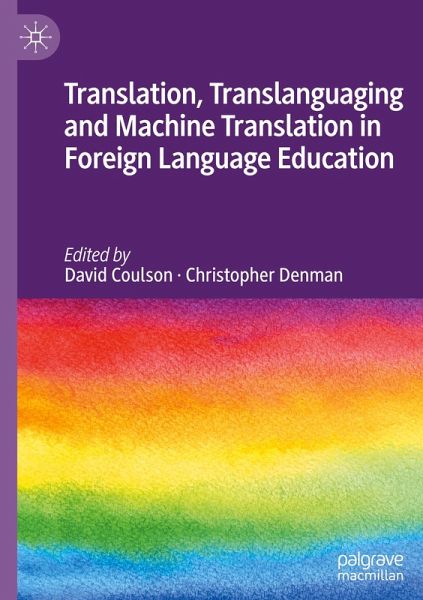
Translation, Translanguaging and Machine Translation in Foreign Language Education

PAYBACK Punkte
61 °P sammeln!
This book focuses on a wide range of topics about the current and emergent roles and uses of translation and translanguaging in the teaching and learning of foreign languages. This is an area that has been gaining increasing momentum in recent years, with traditional understandings and practices in the uses of translation for language instruction being challenged and, in many cases, disrupted, by the rapid development of machine translation apps such as DeepL and the ChatGPT translator. The improving quality and widespread deployment of such technologies are causing instructors and students ar...
This book focuses on a wide range of topics about the current and emergent roles and uses of translation and translanguaging in the teaching and learning of foreign languages. This is an area that has been gaining increasing momentum in recent years, with traditional understandings and practices in the uses of translation for language instruction being challenged and, in many cases, disrupted, by the rapid development of machine translation apps such as DeepL and the ChatGPT translator. The improving quality and widespread deployment of such technologies are causing instructors and students around the world to reconsider not only their pedagogic approaches to the use of translation in the classroom, but also what effective instruction looks like. The contributing authors provide an up-to-date and detailed view of this area. This includes voices from researchers and professional educators from around the world. As the book's focus, they examine the current and projected futureroles of translation in foreign language learning and teaching, within which a wide range of topics are explored. This book will be of interest to researchers, scholars and teachers in foreign and second language education (EFL, ESL), translation studies, applied linguistics, multilingualism and education.





